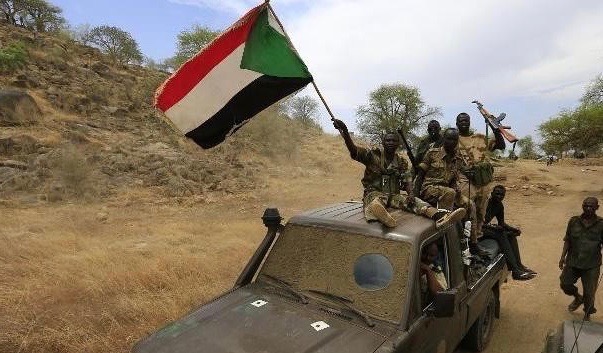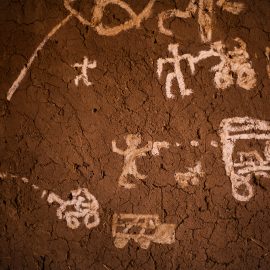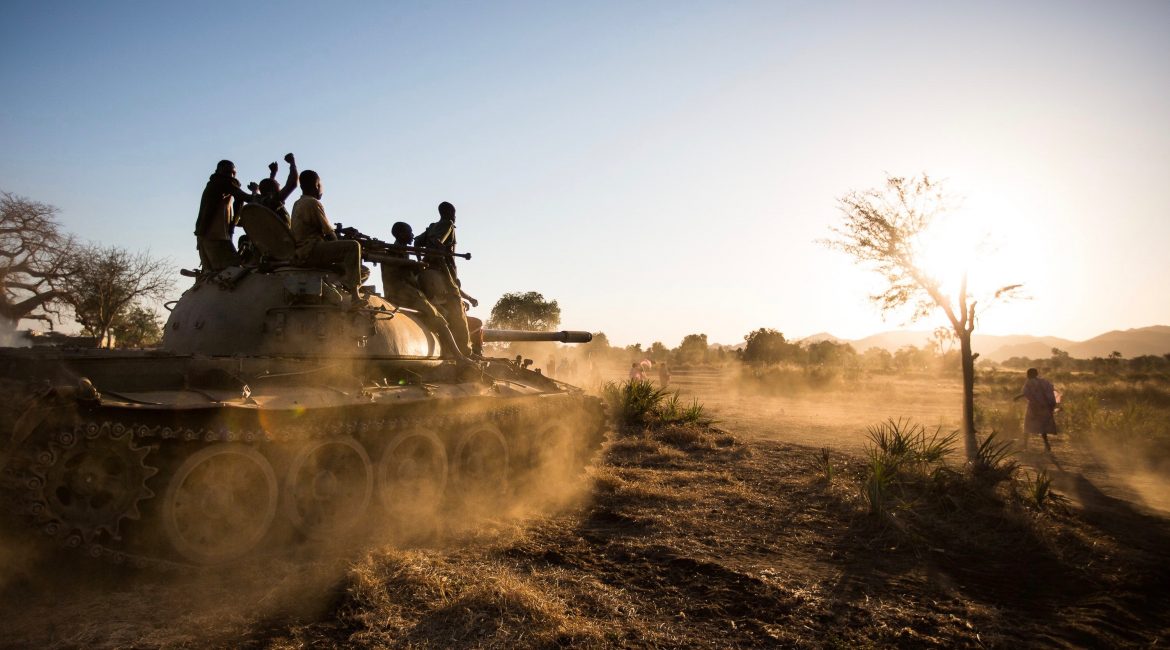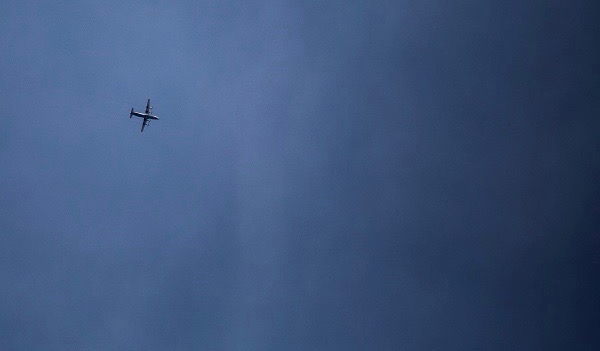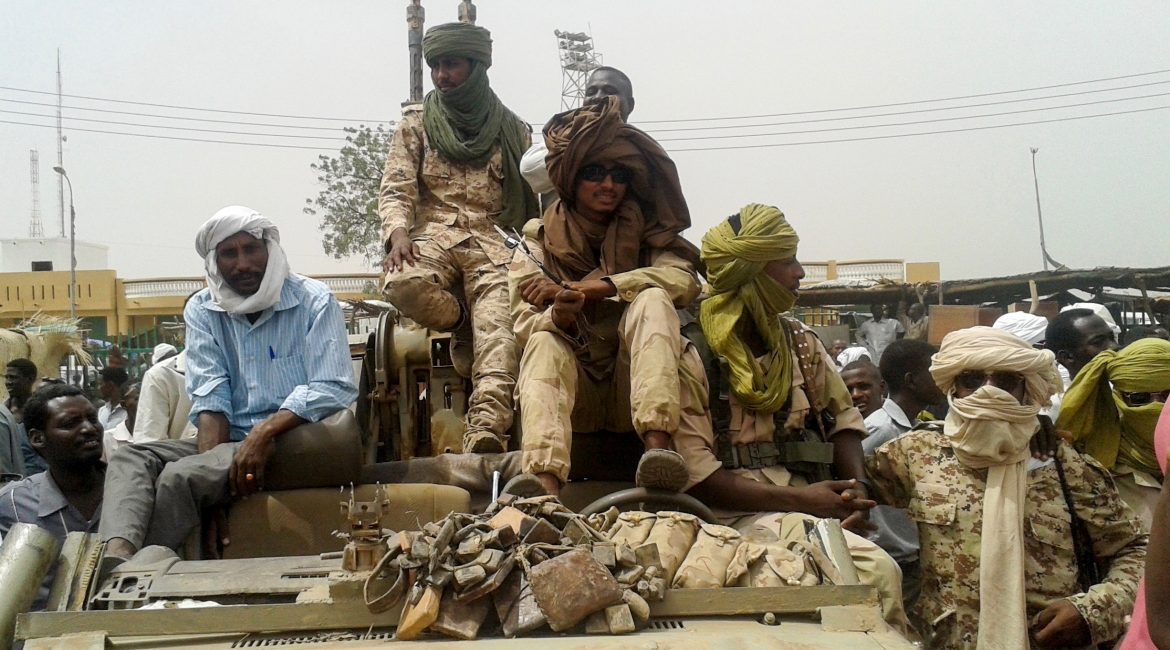SUDAN INSIDER |
This news summary is part of our Sudan Insider, a monthly newsletter providing
news and analysis on Sudan’s biggest stories.
Subscribe here to receive the Sudan Insider in your inbox.
…………………………………………………………………………………………………………..
A new conflict in Darfur, more displaced
What happened…
From 19 – 22 May the Sudanese army and the pro-government militia, the Rapid Support Force (RSF), clashed with two rebel groups, the Sudan Liberation Movement-Minni Minnawi (SLA-MM) and the Sudan Liberation Movement – Transitional Council (SLA-TC) in east and north Darfur. Specifically, local sources claim the conflicts took place in Eshairaya, roughly 50 kilometers outside East Darfur’s capital, Ed-Daein, and Adoula, an area in North Darfur.
Fighting resumed on May 2 in Ein Siro, a mountainous region in the Kutum locality, North Darfur.
Both sides have alleged military victories. The only confirmed claim is the government capture of the SLA-TC leader Nimer Abdel Rahman and the killing of the rebel groups military commander, Mohamed Abdelsalam. Similarly, the two parties have traded accusations over who launched the attack that breaches a unilateral cessation of hostilities.
Sudan claims the rebels entered Darfur from Libya and South Sudan while the rebels say the government forces attacked their established positions in North Darfur State. According to the RSF commander Mohamed Ahmed, the two rebel groups had devised this operation over several years, codenamed “Tightening Arms”, with plans to re-capture the agriculturally-rich Jebel Marra area in central Darfur.
Conversely, SLA-MM spokesperson Ahmed Hussein claims the government had prepared to launch the attacks over several months, moving 150 vehicles into areas under its control in North Darfur. Rebel leader Minnawi accused the Sudan government of attacking their positions in the region to force peace under their terms.
Last January, President Omar al Bashir extended the unilateral cessation of hostilities in Sudan’s war zones for six months.
Sudan was quick to condemn the fighting, calling on Western ambassadors in Khartoum to denounce the armed movements’ aggression. Bashir also accused Egypt and South Sudan of supporting the Darfur rebels and suspended a scheduled May 30 diplomatic trip to Egypt. Both South Sudan and Egypt deny the president’s claim.
What it means…
It is unclear why either side would launch an attack at this politically inopportune time. The government is still under a probationary period until July when the US state department may decide to lift nearly 20 years of economic sanctions. One criterion to remove the sanctions, however, requires Sudan to cease hostilities in Darfur. And the very day the Darfur clashes took place; rebel leader Minni Minnawi was attending informal talks in Berlin where they agreed to resume peace negotiations.
The conflicts mark the first time in over a year the SLA-MM and the splinter group SLA-TLC have been involved in a ground offensive. Until now, it is only another Darfur rebel group, the Sudan Liberation Army-Abdel Wahid (SLA-AW), which continued to fight the government in the central, Jebel Marra area. The SLA-MM recent military activity may suggest resumption to conflict in north Darfur and a shift in their peace talks position.
As in the past, the RSF have used the conflict to target civilians, accusing them of collusion with the rebels. According to a statement by SLA-MM and another Darfur rebel group, the Justice and Equality Movement (JEM), the government militia targeted 90 villages in South Darfur and North Darfur, forcing hundreds to flee to the mountains and arrested several local residents. The commissioner of Kutum locality, an area where the alleged attacks took place in North Darfur, denied the claims.
Government forces have already attacked civilians twice in the central Darfur area this year in January and early May, killing dozens of people, local sources told Nuba Reports.
The continued government ban on media coverage in Darfur has denied Sudanese and the international community accurate information pertaining to the region’s conflict. Sudanese authorities arrested and tortured journalists Daoud Hari and Phil Cox in December last year for attempting to report in the region. It is difficult to understand how the US will make an informed decision in July whether to remove economic sanctions with the pre-condition to desist hostilities without independent monitors on the ground.

